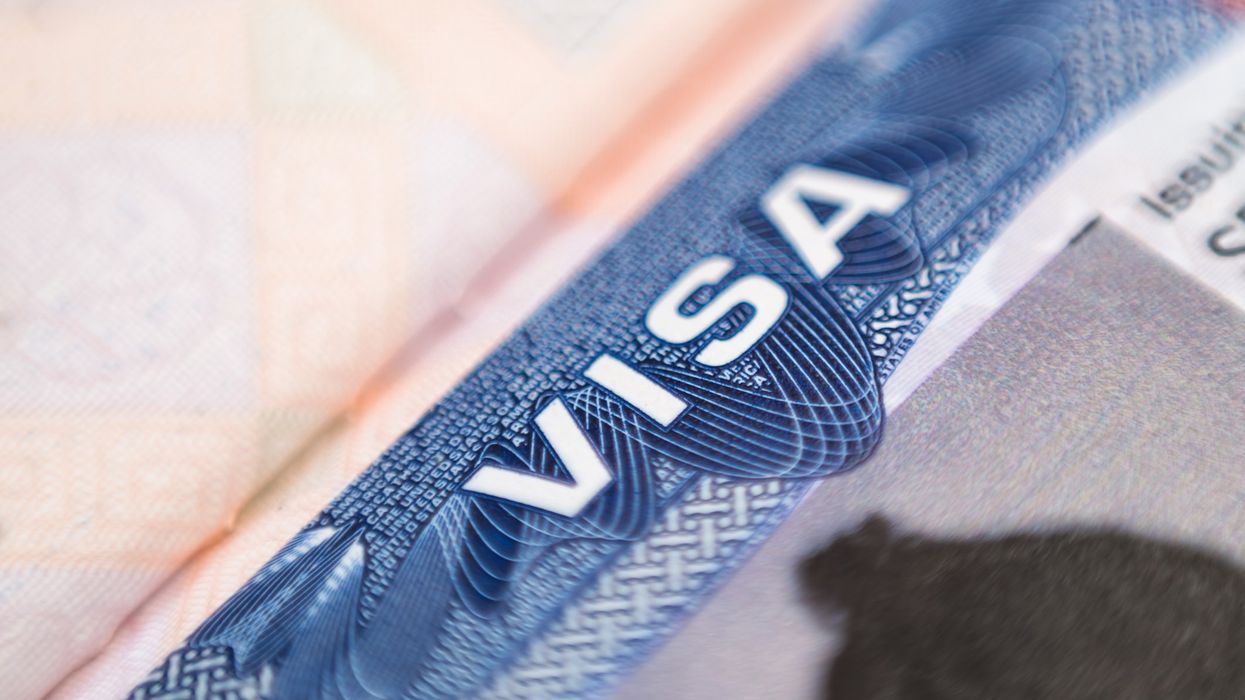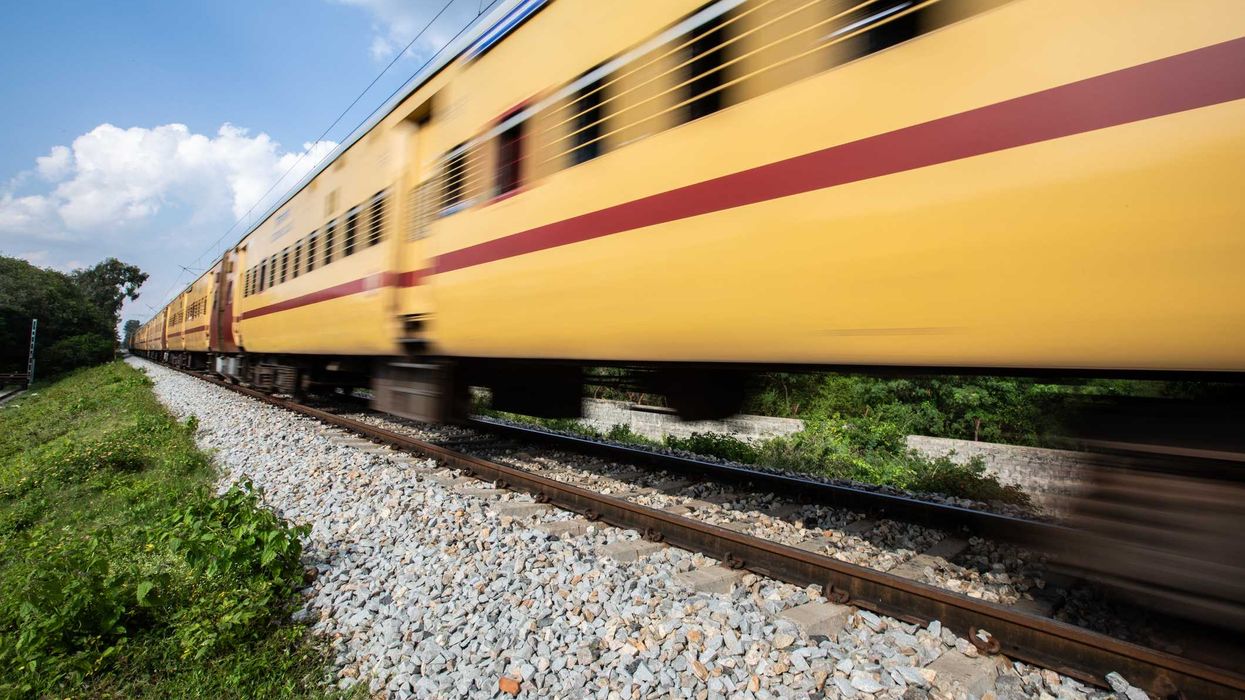The Federal Reserve Board's move on Wednesday, Sept. 17, to lower the federal funds interest rate by one-quarter of a point signals that it is a good time to discuss a major misconception that most voters have about public policy.
It is typically assumed that Democrats stand for government intervention into free markets to counteract the inherent bias towards those who are more economically well off. It is also assumed that Republicans, in contrast, reject the idea of government intervention in free markets because it violates rights to property and the natural order of free markets, which promotes the greatest total welfare.
This point of view is erroneous and misleading at best.
The first way that the federal government, in particular the Federal Reserve Board, intervenes in a free-market economy is by controlling the money supply, principally by adjusting the federal funds rate, namely the interest rate that influences the prime rate and other interest rates. This form of government intervention is typically called monetary policy. The purpose of implementing monetary policies is to stabilize prices, reduce inflation, promote full employment, stimulate investment by companies, and promote spending by consumers.
The second way the federal government intervenes in the free-market economy is by regulating businesses and implementing various personal and corporate income tax policies. In addition, the federal government has egalitarian spending programs (e.g., Medicaid and food stamps), public works programs (for example, transportation infrastructure programs), and payroll tax programs, notably Social Security and Medicare. This form of government intervention is typically called fiscal policy. The purpose of fiscal policy is to distribute (indeed, redistribute) money to citizens based on their health care needs, their age, or their socio-economic class. Fiscal policy during times of recession and depression is also referred to as deficit spending. The British economist John Maynard Keynes made the theory famous in the 1930s during the Great Depression, and U.S. President Franklin Delano Roosevelt and the Democratic Congress made it famous in practice.
Voters and the media in the 20th century, and now the 21st century, basically associate monetary policy with conservative values and fiscal policy with progressive values. Yet the truth is that monetary and fiscal policy are practiced by Democrats and Republicans, and neither approach is inherently conservative or progressive.
Fiscal policy, especially during recessions and depressions, can indeed be a clear and bold form of government intervention. Yet monetary policy is also about government intervention in the economy. It is just more subtle.
It is fair to say that both fiscal policy and monetary policy make free markets unfree, or at the very least, less free. With either form of policy, wages and prices are influenced. It is equally accurate to say that both fiscal and monetary policy disrupt free markets, where the conception of disruption is not intended to be a pejorative term.
Freedom is only one among several major values in a democratic society, and thus disrupting freedom to promote a more equal or more stable economy is regarded, by its proponents, as morally justified. What has obscured discussions about government intervention in capitalist societies is the notion that only fiscal policy disrupts free markets.
If the Federal Reserve Board raises the federal funds rate from three percent to six percent over the course of one year, then companies and consumers are less economically free to borrow money from banks. They can legally, but their business model or family plan model will not support paying such high interest rates to invest in capital construction and development of new services for companies or invest in home improvement or purchase new goods for consumers.
It is worth noting that conservative presidents like Ronald Reagan may have reduced the overall government intervention into free markets, but, working with Congress, he still upheld the core of the fiscal system for distributing money to the aged, the disabled, and the poor. There were cuts, to be sure. But supply-side economics did not obliterate the safety net.
Government intervention in the economy, like government intervention in the political and civic sphere (concerning LGBTQ+ issues, gun issues, and religious freedom), is not inherently progressive or conservative. It is time to jettison the idea that government intervention in a capitalist economy is by definition progressive. Moreover, whether particular monetary or fiscal policies are good or harmful is an altogether different question.
We cannot hope to solve our economic problems if we continue to frame the difference between monetary and fiscal policy in a misleading way.
Dave Anderson edited "Leveraging: A Political, Economic and Societal Framework," has taught at five universities, and ran for the Democratic nomination for a Maryland congressional seat in 2016.




















